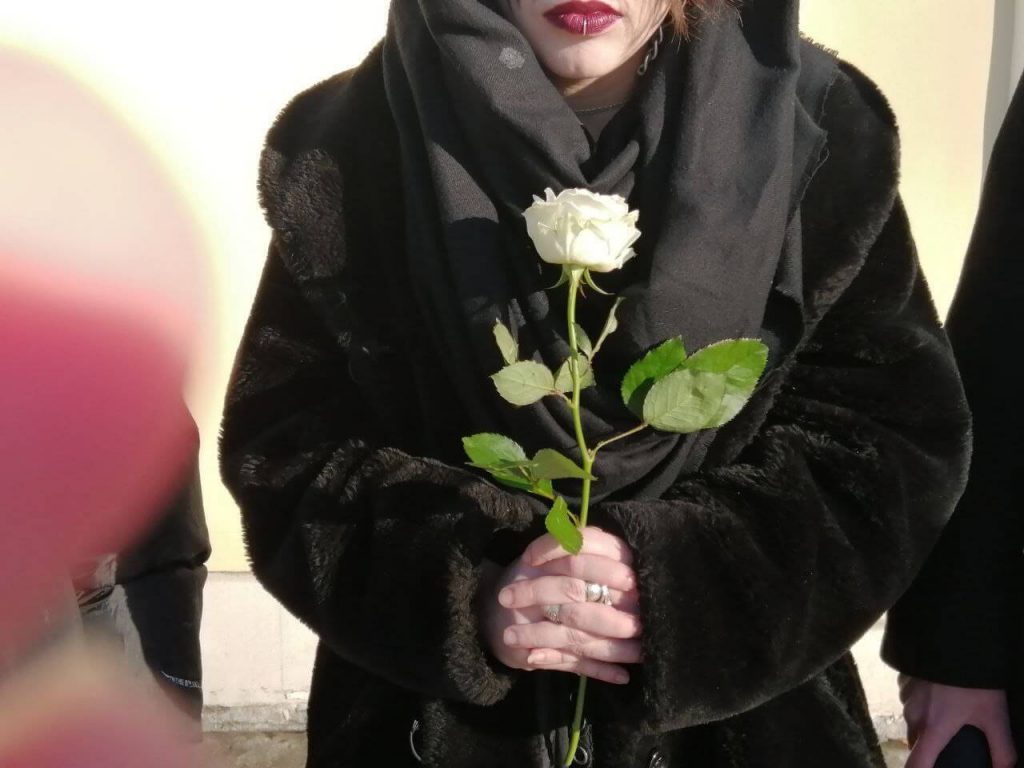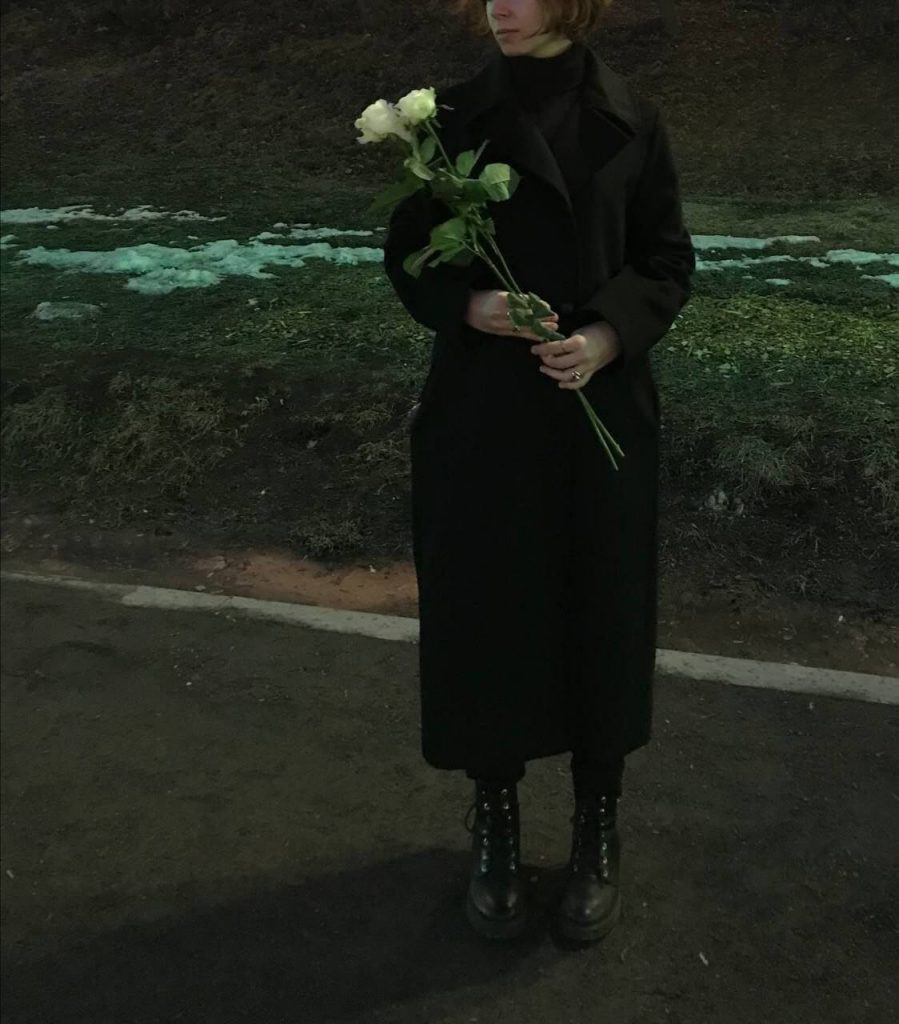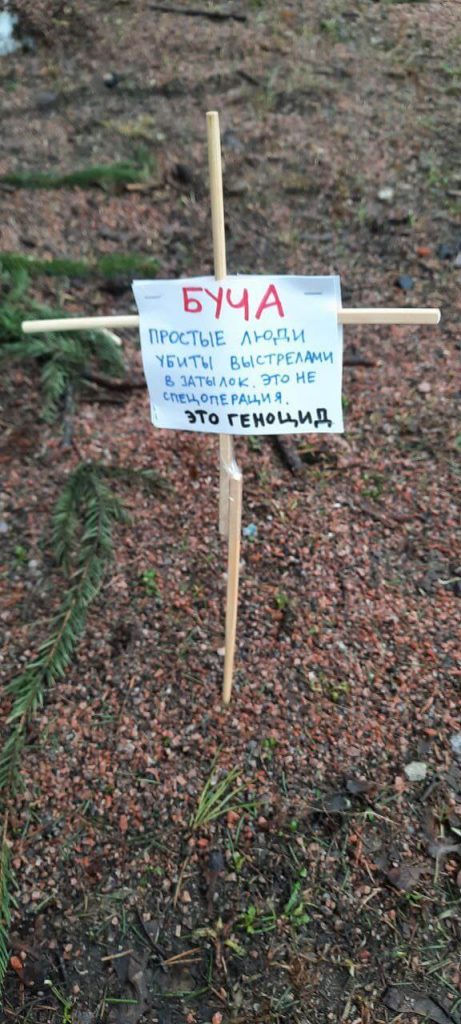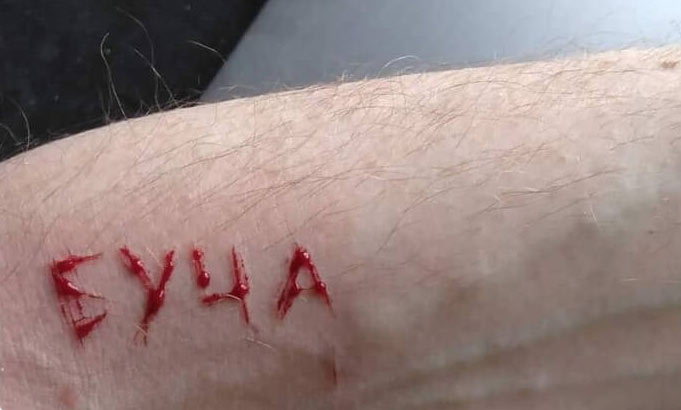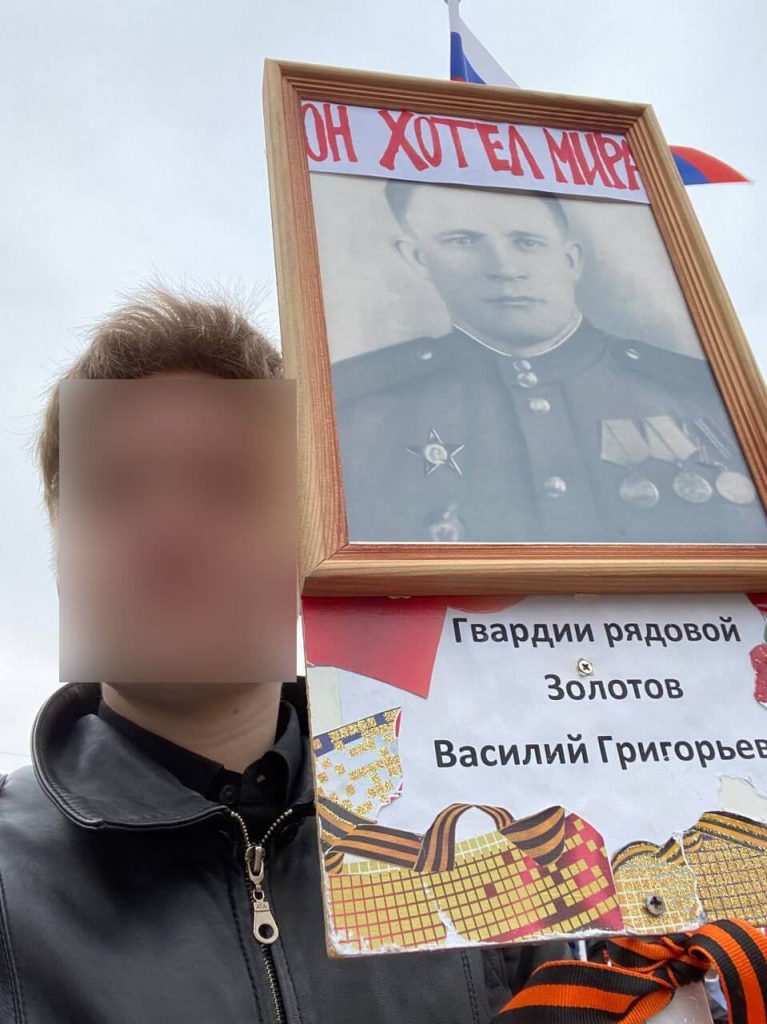The start of the war in Ukraine on February 24th was shocking to many people – this is why quick and productive self-organization, understanding of what to do, and the development of effective strategies seemed unlikely. Nevertheless, on February 24th, in many cities of Russia, people went out to the streets with only one clear and simple demand: “No to war.” Protests, although suppressed, continued in the cities until the passage of a repressive law on 4th of March. The Law on Fakes, also known as the Law on Military Censorship, has paralyzed spontaneous rallies and independent media, almost eliminating the space for free public speech. I noted that many friends and acquaintances wrote the following phrases on social media: “My words are in prison”, “my speech was canceled”, “I can no longer speak and I am suffocating”, and “they took away my language”.
But under the conditions of such oppressive mutism, caused by repressions and reinforced by fear, it is impossible to exist for a long time, so it is necessary to look for and invent new forms of speech, to carve out a new space for the language. In this article, I want to talk about the groups that keep fighting for a place to protest and protest against the war, despite the repressive law and the general fear, which has Russian society struck deaf at the moment.
The brightest and the most active, as I see it, is the Feminist Anti-War Resistance. It arose on the second day of the war and became active very quickly because the feminist community in Russia was already quite strong and resourceful: it had accumulated connections and support because for the last 8 years Russian feminists have been fighting various forms of violence carried out in Russia, such as domestic violence, sexualized violence, police violence, oppression of LGBT rights. The general tactics of the fight used by the Feminist Anti-War Resistance are directed toward breaking through the information blockade and creating a field for expression. The Feminist Anti-War Resistance today is a decentralized and horizontal association, the members of which are dispersed not only in many cities of Russia but also abroad.

